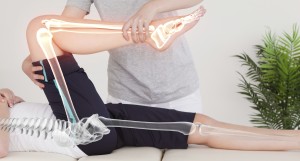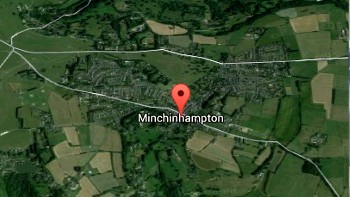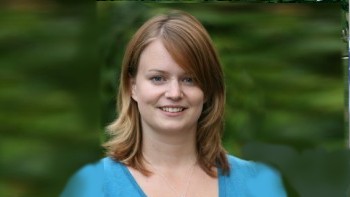 Osteopathy is a system of medicine that focuses on bones, ligaments, joints, tendons, nerves and their relationship with each other. This is also referred to as the structural and functional mechanics of the human body. Osteopaths do not prescribe medication. Our training is very similar to a physio or a chiropractor. If you are not sure if you need a physio, chiropractor or osteopath please feel free to get in touch and I’d be happy to discuss your symptoms.
Osteopathy is a system of medicine that focuses on bones, ligaments, joints, tendons, nerves and their relationship with each other. This is also referred to as the structural and functional mechanics of the human body. Osteopaths do not prescribe medication. Our training is very similar to a physio or a chiropractor. If you are not sure if you need a physio, chiropractor or osteopath please feel free to get in touch and I’d be happy to discuss your symptoms.
The aim of osteopathy is to correct imbalance in the body’s frame. Any restriction within the muscles, ligaments, tendons, bones, fascia and nerves will restrict the blood flow in the affected area. As our blood contains the components of our immune system and also nutrients, any restriction will cause a reduction in its health and therefore function. Having Osteopathic treatment makes it easier for the body to function normally and reduces the chance of problems occurring in the future. In seeking to maintain good health and prevent future problems, the Osteopath’s plan may include advice on posture, diet, lifestyle, exercise and stress management.
The History of Osteopathy:
Dr Andrew Taylor Still started developing osteopathy in America in 1874. Before he lost his wife and four children to spinal meningitis, he was a Physician. From that loss he decided that orthodox medical practices of his day were frequently ineffective and sometimes harmful. He devoted the next thirty years of his life to studying the human body and finding alternative ways to treat disease. Dr Still was the first person to put forward a rational explanation as to why the musculo-skeletal system was so important in maintaining general health and well being.
What can osteopathy treat?
Many osteopaths including myself regularly get recommended by doctors, consultants, nurses, midwives and health visitors for a wide range of conditions. The limited list below are just a few of the conditions for which people are successfully treated. If you have other needs and are unsure as to whether osteopathy is right for you, then please call me and we can discuss the matter further.
• generalised aches and pains,
• joint pains including hip and knee pain from osteoarthritis as an adjunct to core Osteoarthritis treatments and exercise
• arthritic pain,
• general, acute & chronic backache, back pain (not arising from injury or accident)
• uncomplicated mechanical neck pain (as opposed to neck pain following injury i.e. whiplash)
• headache arising from the neck (cervicogenic) / migraine prevention
• frozen shoulder/ shoulder and elbow pain/ tennis elbow (lateral epicondylitis) arising from associated musculoskeletal conditions of the back and neck, but not isolated occurrences
• circulatory problems,
• cramp,
• digestion problems,
• joint pains, lumbago,
• sciatica,
• muscle spasms,
• neuralgia,
• fibromyalgia,
• inability to relax,
• rheumatic pain,
• minor sports injuries and tensions.



